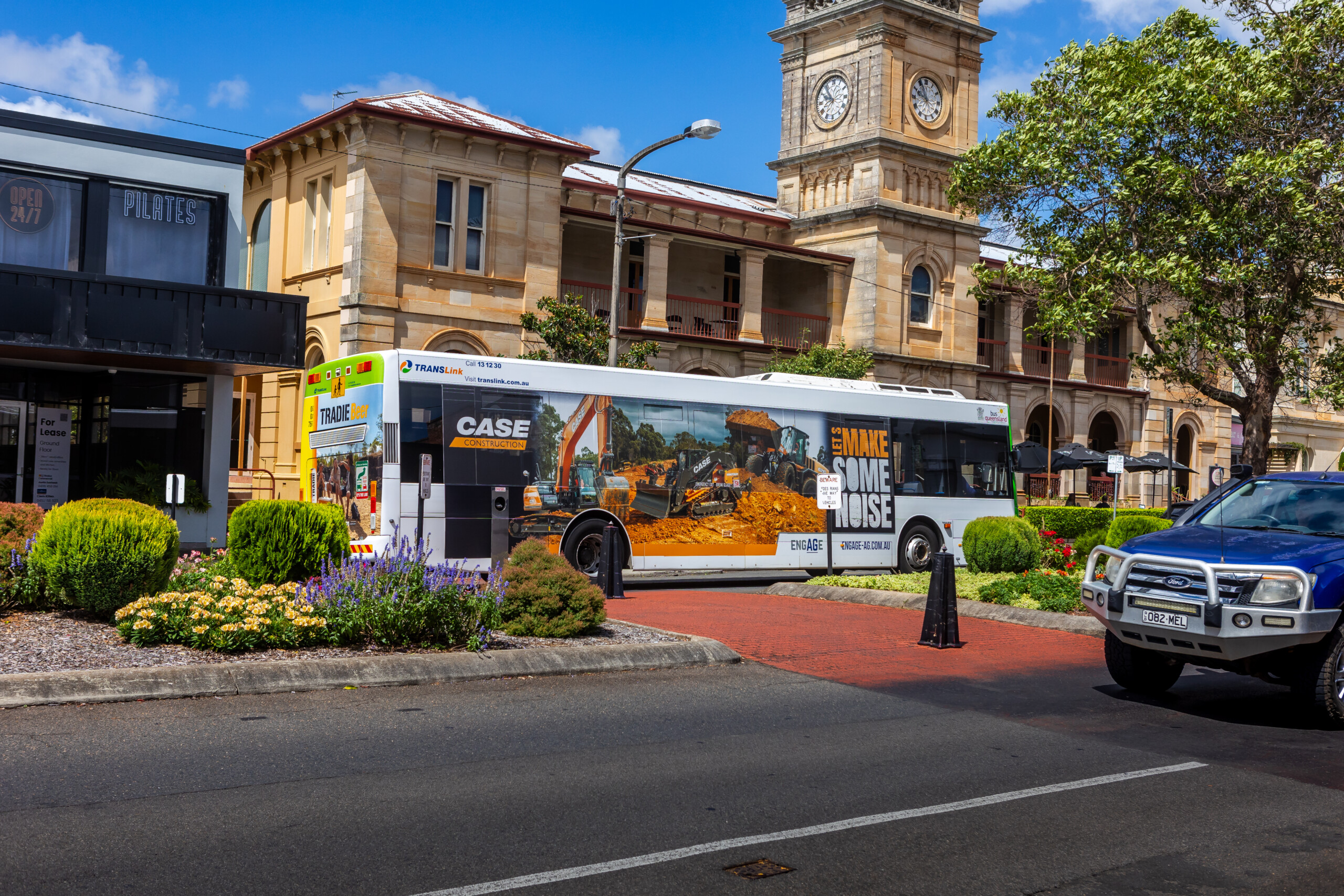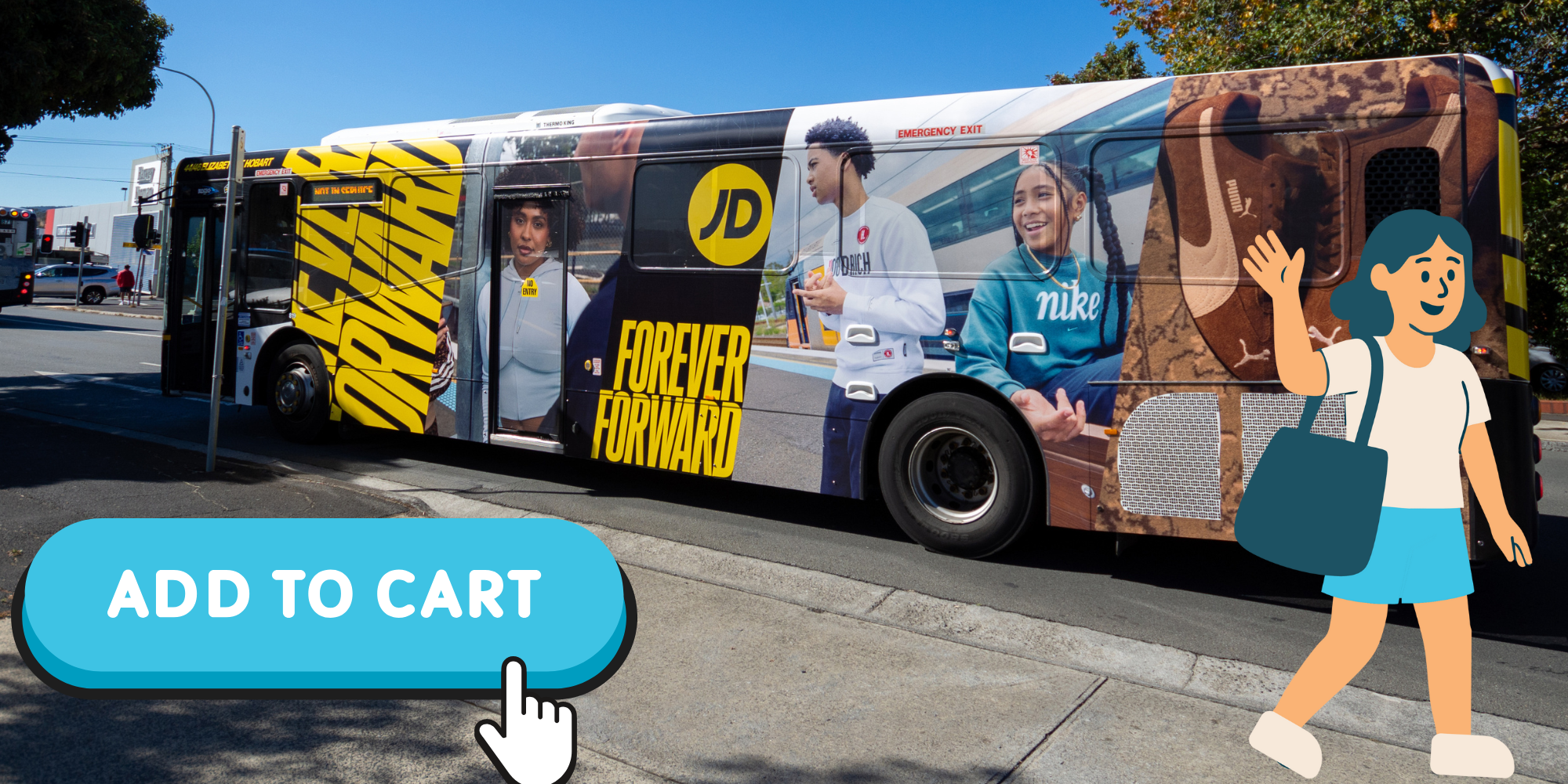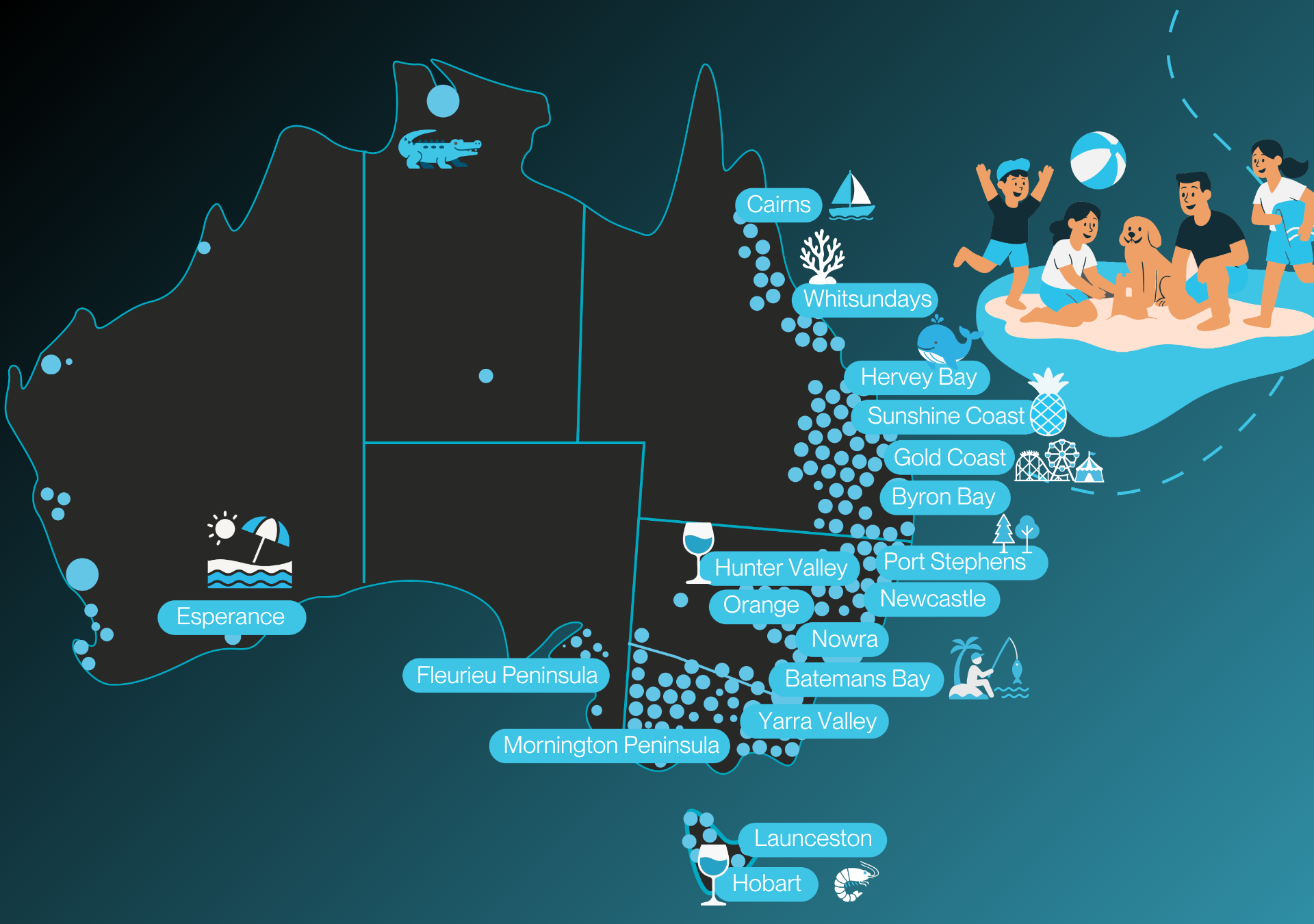Regional Australia is surging - population growth, new infrastructure and tourism mean more trips - making out-of-home transit advertising a high‑attention, low‑clutter play for brands seeking serious cut‑through across Wollongong, Newcastle, Sunshine Coast, Cairns and beyond.
Regional Australia is experiencing a renaissance. People and businesses are flocking to regional cities, and advertisers are taking note. Unlike crowded capital cities, regional markets offer low advertising saturation and high audience attention, especially for out-of-home formats like transit advertising.
What are the signs? Let’s check them out.
1. Population Boom as Australians Move to Regions
One major sign of regional growth is the wave of people relocating from capital cities to regional towns. In recent years, there have been over 27% more people moving from capital cities to regional areas than making the opposite move.
This urban cleanse, driven by lifestyle and affordability, is swelling the populations of key regional hubs. In fact, the Sunshine Coast, Geelong, and Gold Coast were among the fastest-growing areas in the country in 2023–24, each expanding by around 2.3–2.4%. Such growth outpaced even some capital cities.
Government data shows that Geelong alone accounted for 40% of all regional population growth in Victoria last year.
Coastal cities like the Gold Coast, Sunshine Coast, Cairns, and Coffs Harbour have drawn new residents with their desirable lifestyle, while mid-sized cities such as Wollongong, Newcastle, and Albury are also expanding as people seek alternatives to big-city living. This population surge means larger local audiences and more commuters on regional roads – the perfect scenario for transit ads to reach more eyeballs.
2. Thriving Local Economies and Infrastructure Development
The influx of residents to regional is creating vibrant local economies and attracting new businesses across regional Australia. The Regional Australia Institute notes that emerging regional hubs like Sunshine Coast, Newcastle, and Townsville are becoming centers of economic activity and culture, offering many of the amenities of big cities alongside a high quality of life.
These projects not only improve mobility for residents and tourists but also increase the visibility of transit advertising (more buses, trams, and stations in more places). Modern transit systems – from new bus routes in growing suburbs to upgraded train services – mean advertisers can reach people in transit across wider regional geographies.
The bottom line: robust economies and infrastructure expansion signal that regional markets are equipped for growth, with more commuters and visitors who can be reached through out-of-home transit ads.
3. Lower Ad Competition = Higher Share of Attention
Another sign (and advantage) of growing regional markets is minimal advertising clutter. Unlike capital cities where consumers are bombarded with ads at every turn, regional areas generally have far fewer ads vying for attention. This low market saturation means a brand’s message can truly stand out. In practical terms, a single bus wrap in a place like Toowoomba or Bunbury can turn heads and become a talking point in town, whereas it might be overlooked in ad-saturated Sydney. This less-crowded environment gives advertisers a unique chance to engage audiences more directly with less noise.
Fewer ads = more attention per ad, so marketers get more bang for their buck in regional areas.
4. High Engagement and Recall from Transit Advertising
Not only do regional transit ads get seen – they get results. Growing regional audiences are proving to be highly engaged with the advertising they encounter on buses, trams, and other out-of-home formats. Recent research underscores the strong impact of transit advertising in these markets. For example, in a large campaign that ran across 59 regional markets (including major centres like Geelong, Newcastle, and the Gold Coast), our studies show one in three people surveyed recognized the ads, and 43% took action after seeing the campaign. Notably, 28% went on to visit the advertiser’s website, demonstrating real consumer follow-through. Brand awareness and consideration also surged – the study recorded 87% spontaneous brand awareness and a 16 percentage-point increase in future purchase consideration among those exposed to the transit ads.
This isn’t an isolated case. Broadly, transit media is very effective at capturing attention in regional communities. According to industry data, 83% of commuters report seeing bus advertisements as part of their regular weekday travel – a reflection of how unavoidable and noticeable these moving billboards are.
In regional towns, where people are closely connected to their surroundings, a well-placed transit ad can become part of the local conversation. Advertisers are discovering that these high engagement levels lead to strong ROI.
5. Tourism and Seasonal Surges Expand the Audience
Many regional areas aren’t just attracting new residents – they’re also drawing record numbers of tourists and seasonal visitors. Popular regional hotspots like Cairns and Hobart attract millions of visitors each year, and destinations such as the Gold Coast, Sunshine Coast, and Coffs Harbour see huge influxes of holidaymakers during peak seasons.
When these travelers arrive – whether for a weekend getaway, a festival, or a school holiday – local transit advertising reaches a much broader audience than just the resident population. These temporary audiences amplify the reach of regional campaigns without additional effort from advertisers. The fact that regional cities are hosting more events and seeing more tourists is a sure sign of their growing prominence. With market saturation still low, even visitors from big cities will take note of the few ads they see during their regional stay.
Overall, the rise in tourism is yet another factor increasing the effectiveness of out-of-home and transit advertising in Australia’s regions.
The evidence is clear – regional Australia is on the rise. Growing populations, booming local economies, improved transit infrastructure, low advertising clutter, and highly engaged audiences all point to one thing: now is the time for brands to look beyond the capital cities. As these “boomtown” regional centers continue to flourish, advertisers who get in early can establish themselves as part of the community fabric. Whether it’s on a bus in Geelong or a tram on the Gold Coast, an out-of-home ad in regional Australia today can deliver outsized returns.
Sources
- GoTransit Media – The Rise of Regional Australiagotransit.com.augotransit.com.au
- Centre for Population – Regional Population Growth 2023–24population.gov.aupopulation.gov.au
- Queensland Govt Statistician – Qld Regional Growth Highlights 2024qgso.qld.gov.au
- GoTransit Media – High Impact, Low Competition in Regional Advertisinggotransit.com.au
- B&T Magazine – GoTransit Regional Transit Advertising Studybandt.com.aubandt.com.au

Have a question about something in this story?
Send us a message or have a chat to our friendly team.
Get in touch








